44 nutrient content claims on food labels
Nutrient content claims - Canadian Food Inspection Agency Advertisements making vitamin and mineral nutrient content claims; Decision trees for nutrient content claim advertising requirements; Reference information. Foods to which vitamins, mineral nutrients and amino acids may or must be added; Nutrient content claim examples; Additional Information. Criteria for the nutrient content claim no added ... Food Labeling Claims Chart Food Nutritional Facts Guide For Parents Common terms found on food packaging 1: Nutrient Claim. means…. Calorie free. less than 5 calories per serving. Low calorie. 40 calories or less per serving. Fat free. Less than 0.5 grams of fat per serving.
nutrient claims on food labels chapter 2 Flashcards | Quizlet describe how a nutrient affects body structure or function. calorie free. less than 5 kcal per serving. low calorie. 40 kcal or less per serving. reduced or fewer calories. at least 25% fewer kcal per serving than reference food. light or lite. 50% less fat if half or more of the food's kcal are from fat.

Nutrient content claims on food labels
PDF Food Labels: Nutrient Content Claims - NCpedia other criteria. The sodium content cannot exceed 360 mg per serving for individual foods and 480 mg per serving for meal-type products. OTHER DEFINITIONS Percent fat free: A product bearing this claim must be a low-fat or a fat-free product. In addition, the claim must accurately reflect the amount of fat present in 100 g of the food. Food Packaging Claims | American Heart Association There are three categories of claims defined by statute and/or FDA regulations that can be used on food and dietary supplement labels: health claims, nutrient content claims, and; structure/function claims. A "health claim" by definition has two essential components: A substance (whether a food, food component, or dietary ingredient) and What are Nutrient Content Claims on food labels? Nutrient Content Claims on Food Panels. List energy, fat, carbohydrates, protein, and sodium. The nutritional information panels are a better guide than advertising. If the product contains food-inducing allergens, the label must say so. Some of the healthiest foods don't have labels, including fresh fruit and vegetables, and fish.
Nutrient content claims on food labels. Food Labeling: Nutrient Content Claims; Definition of Term "Healthy" In the Federal Register of May 10, 1994, we published a final rule entitled "Food Labeling: Nutrient Content Claims, Definition of Term: Healthy" amending § 101.65 (d) to define the term "healthy" as an implied nutrient content claim under section 403 (r) of the FD&C Act ( 59 FR 24232 ). Nutrient Claims on Food Labels - Clemson University The Food and Drug Administration (FDA) requires that a nutrient content claim on a food package be based on how much of the food most people usually eat or drink. This is called the reference amount. Serving size and reference amount are usually the same. Always check the label because sometimes the serving size and reference amount are different. Nutrient Content Claim vs Health Claim - LabelCalc Nutrient content claims, which are commonly used on food labels, either refer to the amount of a nutrient in a product or compare the levels of a nutrient in that food to a similar reference food. When referring to the amount of a nutrient in a product, words such as "low," "free," and "high" are often used. Nutrient content claims: what they mean - Canada.ca Table of nutrient-content claims and what they mean. The food provides an amount of a nutrient that is so small it likely won't have any effect on your body. The food is processed/modified so that it contains at least 25% less of the nutrient when compared with a similar product. Contains no added fats or oils or added butter or ghee, or ...
Nutrition content claims and health claims - Food Standards Nutrition content claims. Nutrition content claims are about the content of certain nutrients or substances in a food, such as 'low in fat ' or 'good source of calcium'. These claims need to meet certain criteria. For example, food with a 'good source of calcium' claim needs to contain at least the amount of calcium specified in the Standard. Nutrient Content Claims — FDA Reader An expressed nutrient claim is a direct statement about the level of nutrients in a food. "low sodium" "high protein" "contains 100 calories" High Content Disclosures. Foods that contain an extremely high amount of one or more nutrients per serving must disclose this on the product label if they wish to also make a nutrient content claim. Nutrient Claims on Food Labels - Food Smart Colorado 3 g or less per serving. Cholesterol free. Less than 2 mg of cholesterol and 2 g or less saturated fat per serving. Salt or sodium free. Less than 5 mg per serving. Low sodium. 140 mg or less per serving. High in or excellent source of or rich in. One serving provides at least 20% or more of the Daily Value for a particular nutrient. Nutrient Content Claims on a Food Label - LabelCalc The food product nutrition content must meet the strict guidelines and parameters set forth by the FDA in order to accurately make these nutrient content claims on a food label. For a more in-depth look at nutrient content claims, download this PDF. A Quick Reference Summary of Parameters
Making a nutrient content claim on food labels - Food labels - Canadian ... Non-prepackaged products and prepackaged products exempted from showing a Nutrition Facts table are permitted to make nutrient content claims or other permitted nutrition-related statements or representations on either the label for the food and/or in an advertisement. However, if a claim is made by or for the manufacturer for a prepackaged ... PDF Nutrient Label Claims - Veterans Affairs Nutrition Handouts • N23 Version 5.0 Page 1 of 4 Nutrient Label Claims The claims on food labels can be confusing. Knowing what these claims mean can help you choose healthier products. Sugar Claims What does this mean? Sugar Free, Zero Sugar, No Sugar, Without Sugar, Negligible Source of Sugar, Trivial Source of Sugar, Dietarily Everything you need to know about Health Claims on Food Labels A nutrient content claim must be true and accurate just like health claims, it is a statement about the amount of a nutrient found in a food. Usually placed on the front of the food label, the nutrient claim provides a quick comparison between similar products. Some examples of nutrient claims are. "low sodium", "high in fiber ... Nutrient Content Claims | FDA - U.S. Food and Drug Administration Nutrient Content Claims. See Claims That Can Be Made for Conventional Foods and Dietary Supplements for definitions of claims. Final Rule: Food Labeling: Nutrient Content Claims; Alpha-Linolenic ...
Label Claims for Food & Dietary Supplements | FDA Among the claims that can be used on food and dietary supplement labels are three categories of claims that are defined by statute and/or FDA regulations: health claims, nutrient content claims ...
What are Nutrient Content Claims on food labels? Nutrient Content Claims on Food Panels. List energy, fat, carbohydrates, protein, and sodium. The nutritional information panels are a better guide than advertising. If the product contains food-inducing allergens, the label must say so. Some of the healthiest foods don't have labels, including fresh fruit and vegetables, and fish.
Food Packaging Claims | American Heart Association There are three categories of claims defined by statute and/or FDA regulations that can be used on food and dietary supplement labels: health claims, nutrient content claims, and; structure/function claims. A "health claim" by definition has two essential components: A substance (whether a food, food component, or dietary ingredient) and
PDF Food Labels: Nutrient Content Claims - NCpedia other criteria. The sodium content cannot exceed 360 mg per serving for individual foods and 480 mg per serving for meal-type products. OTHER DEFINITIONS Percent fat free: A product bearing this claim must be a low-fat or a fat-free product. In addition, the claim must accurately reflect the amount of fat present in 100 g of the food.



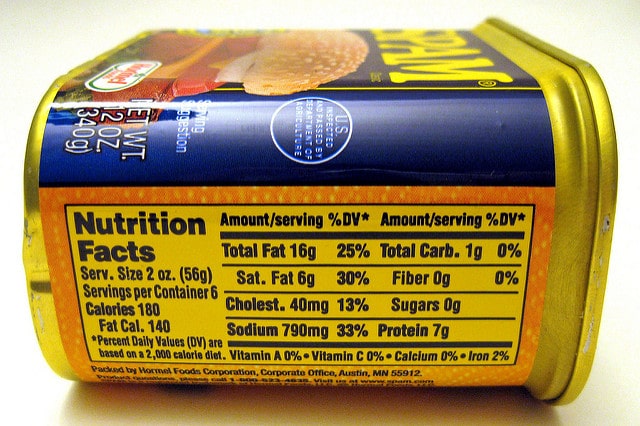
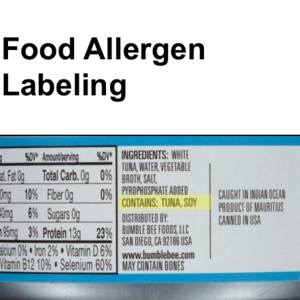

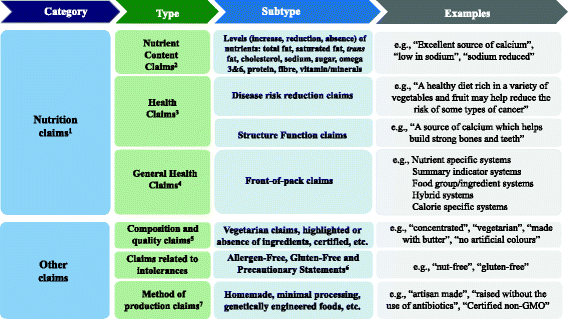
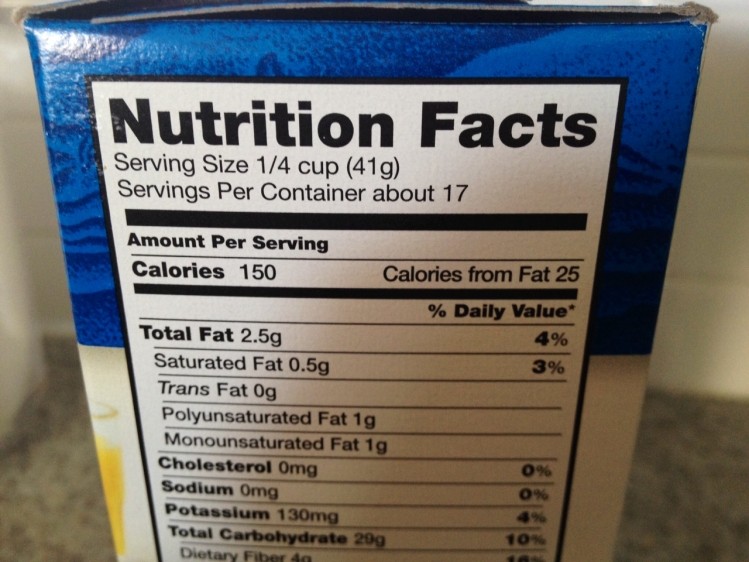
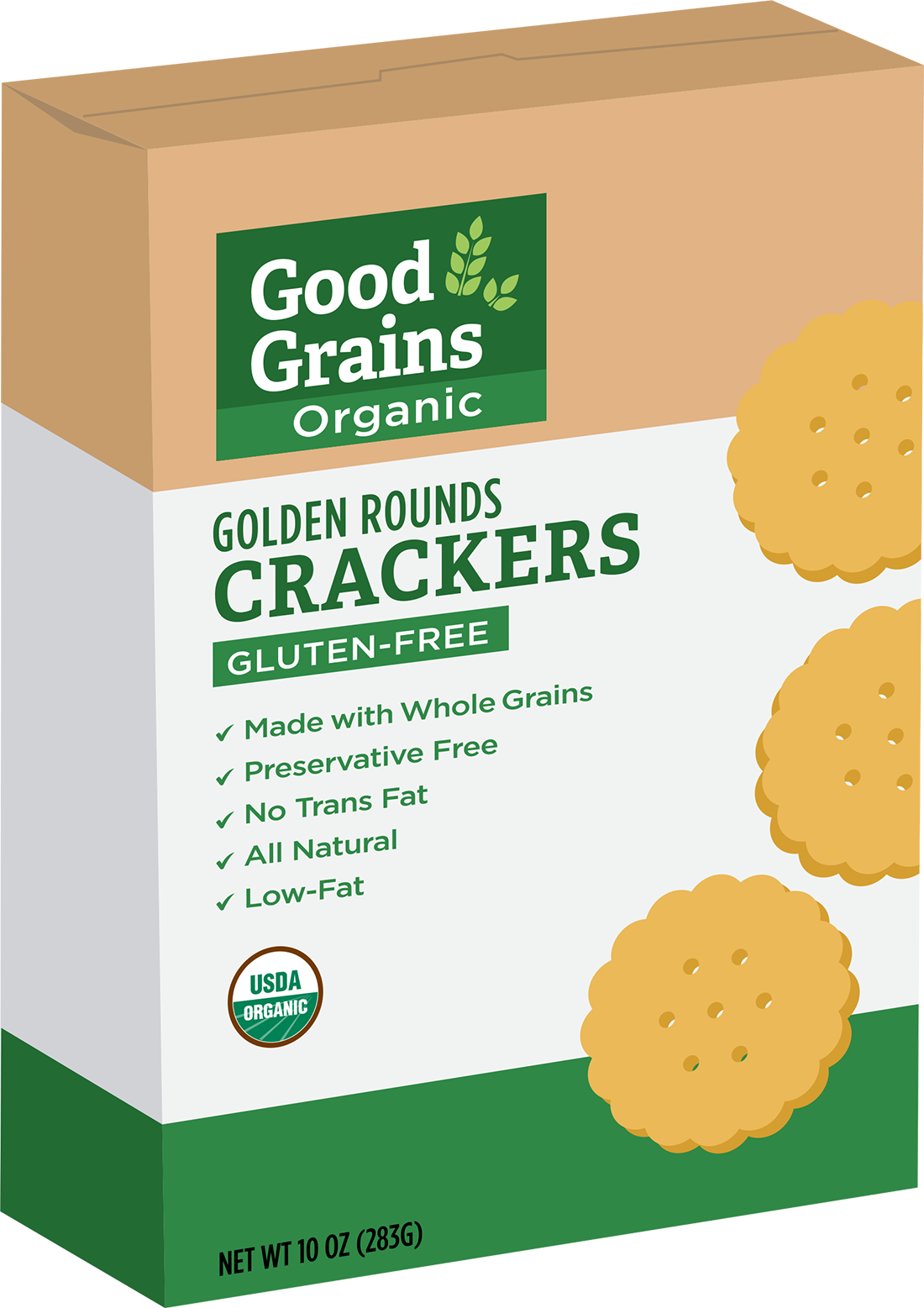

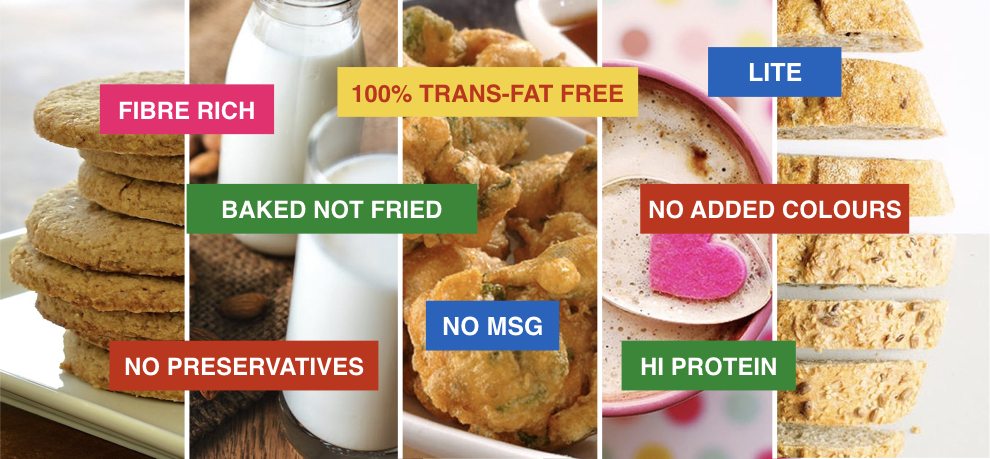
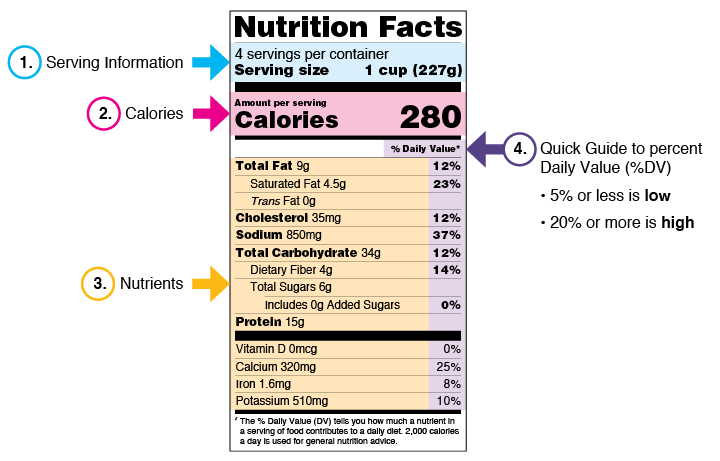
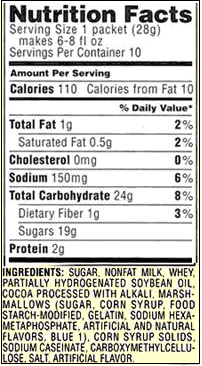

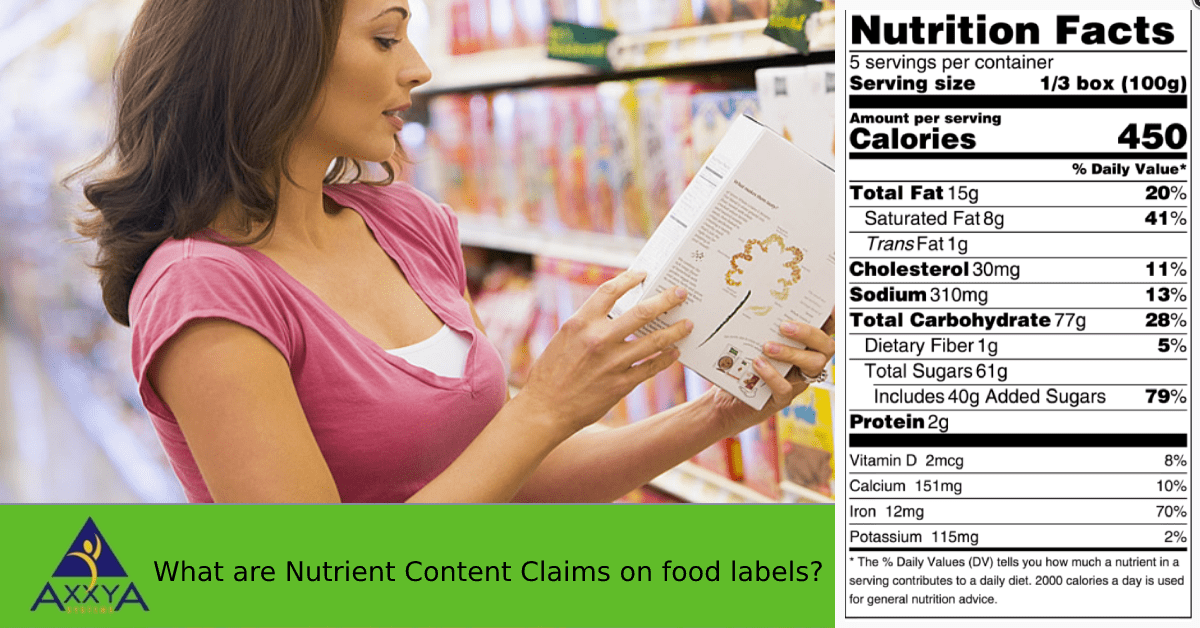
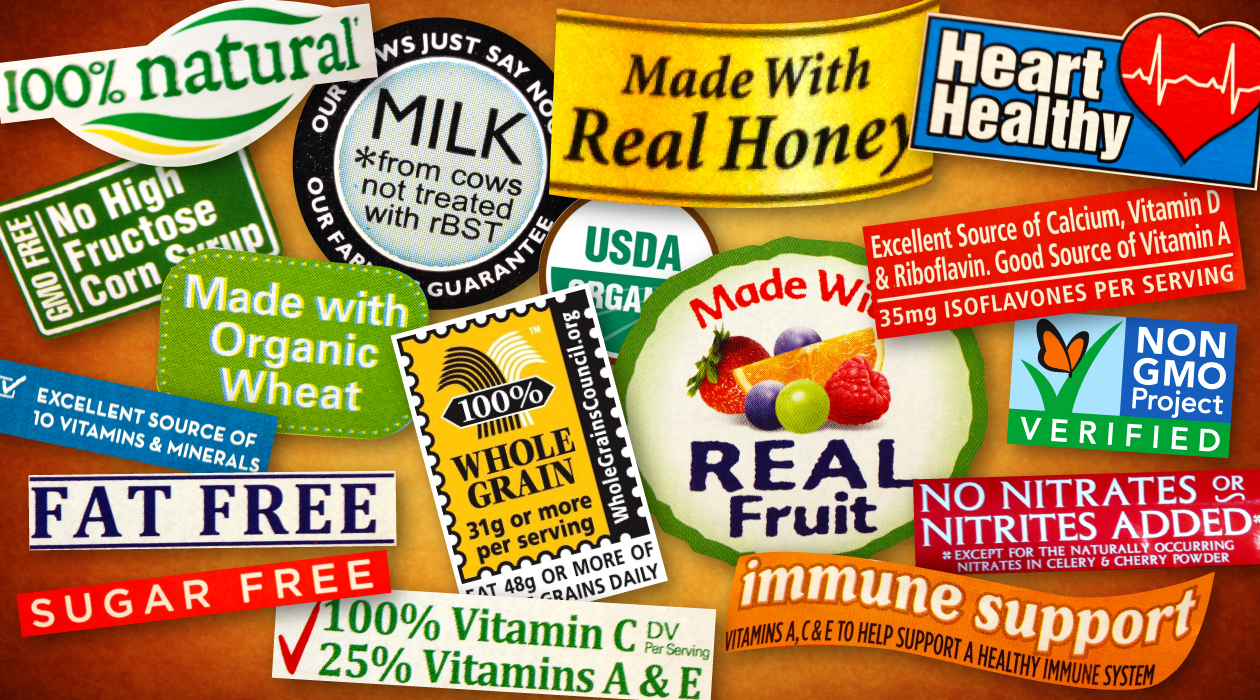
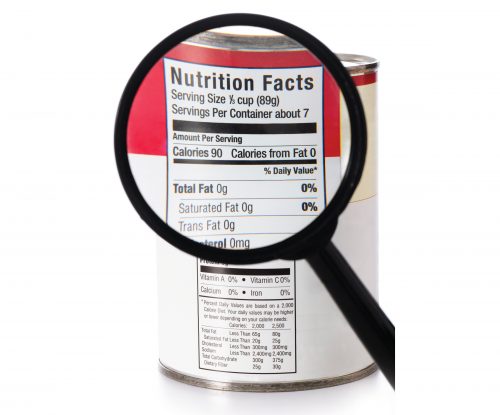

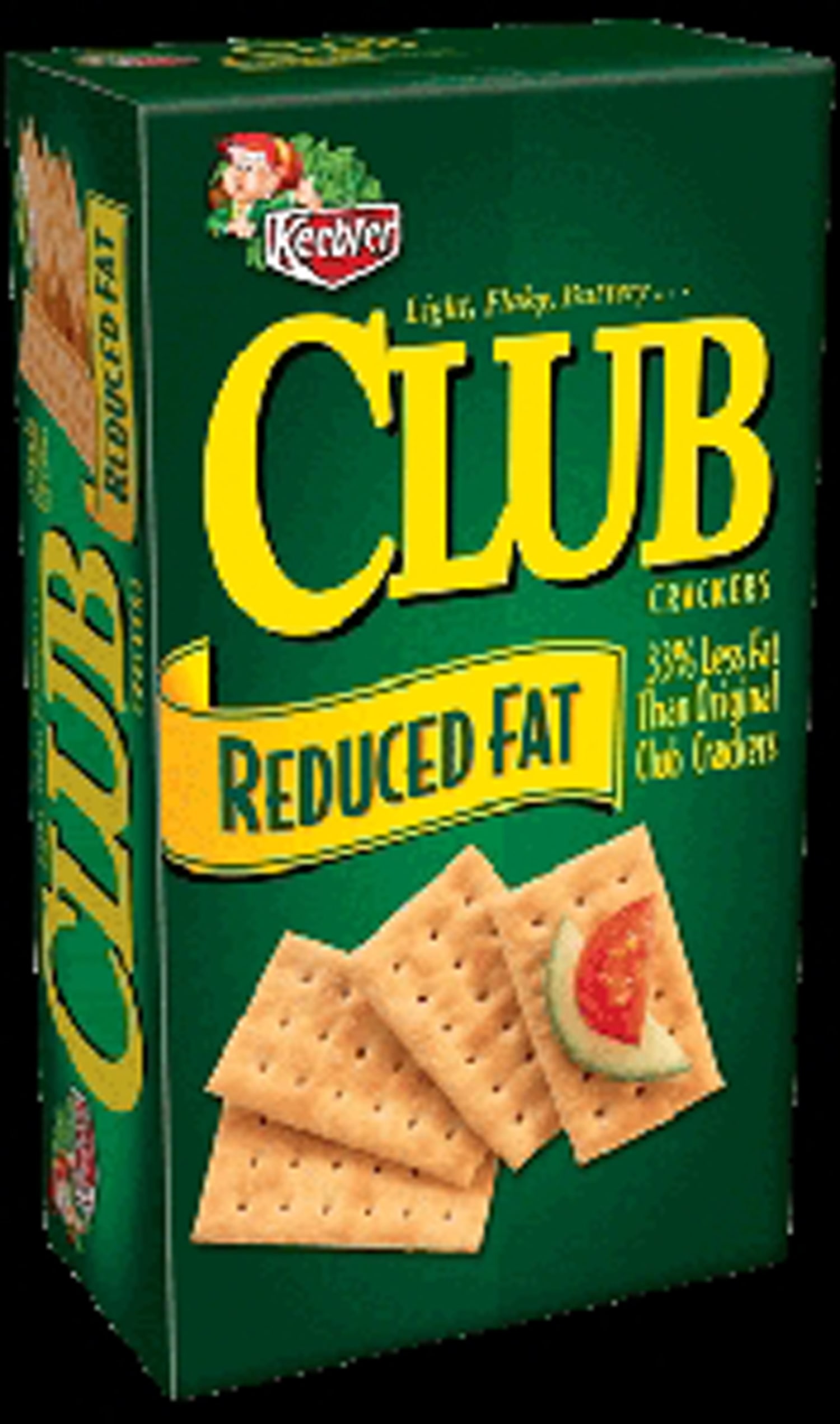

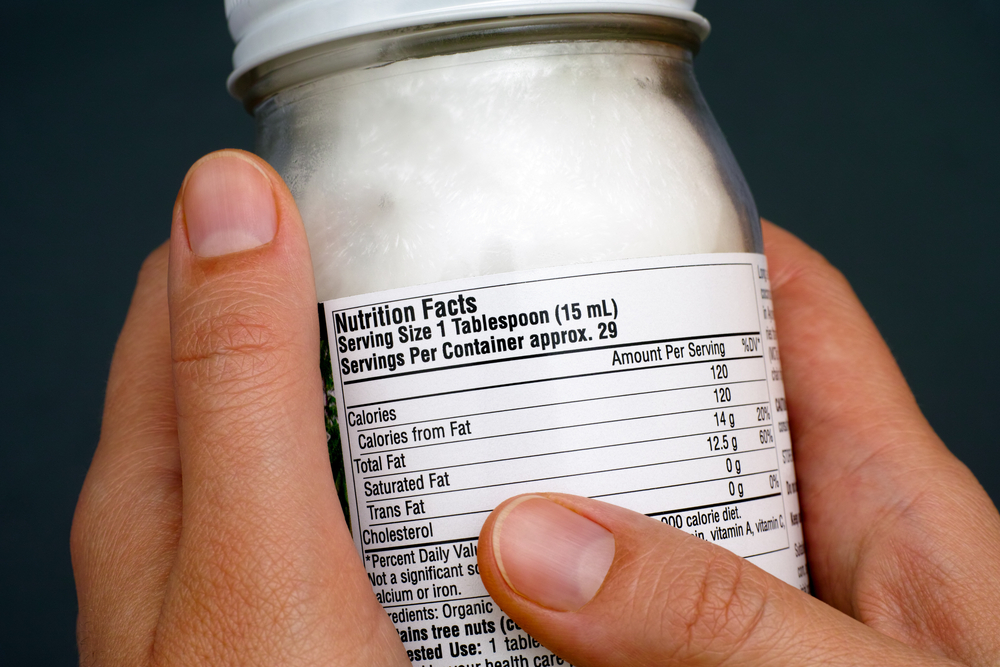



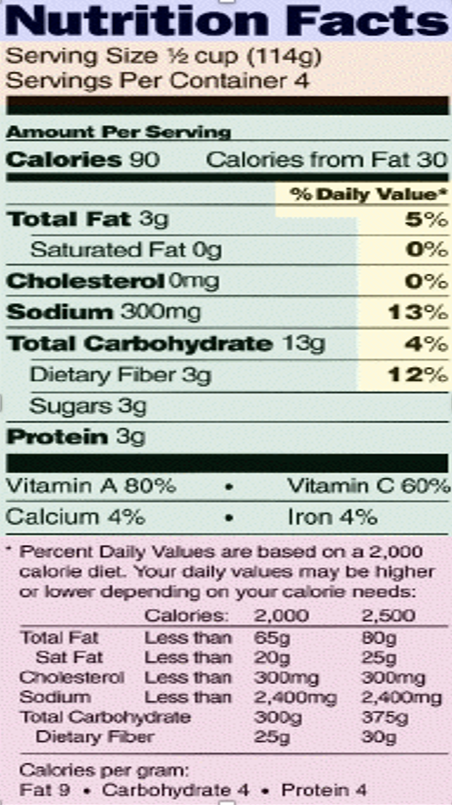
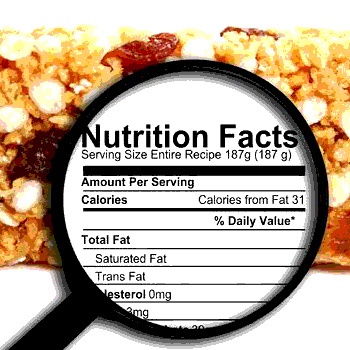
:no_upscale()/cdn.vox-cdn.com/uploads/chorus_asset/file/3652082/healthy-choice.0.png)
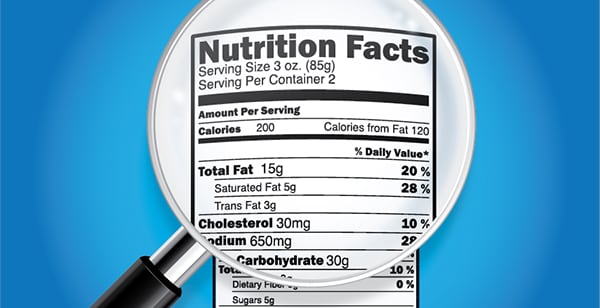
:no_upscale()/cdn.vox-cdn.com/uploads/chorus_asset/file/3648106/quaker-oats-heartlabel.0.jpg)

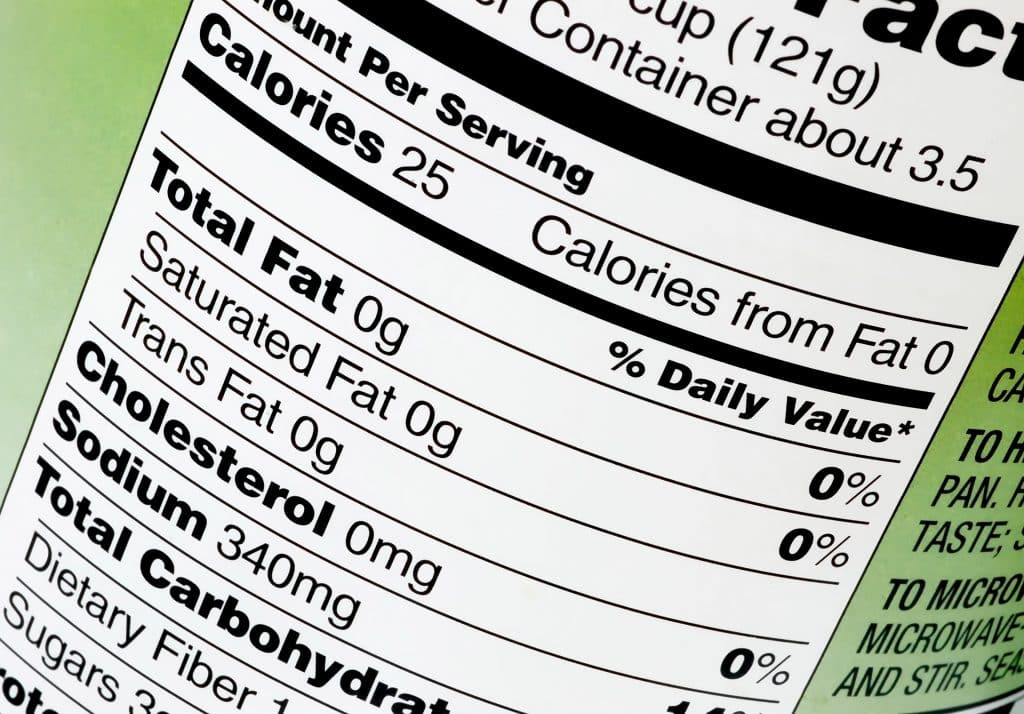

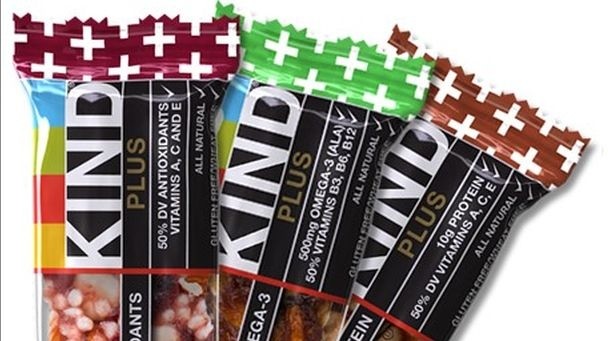

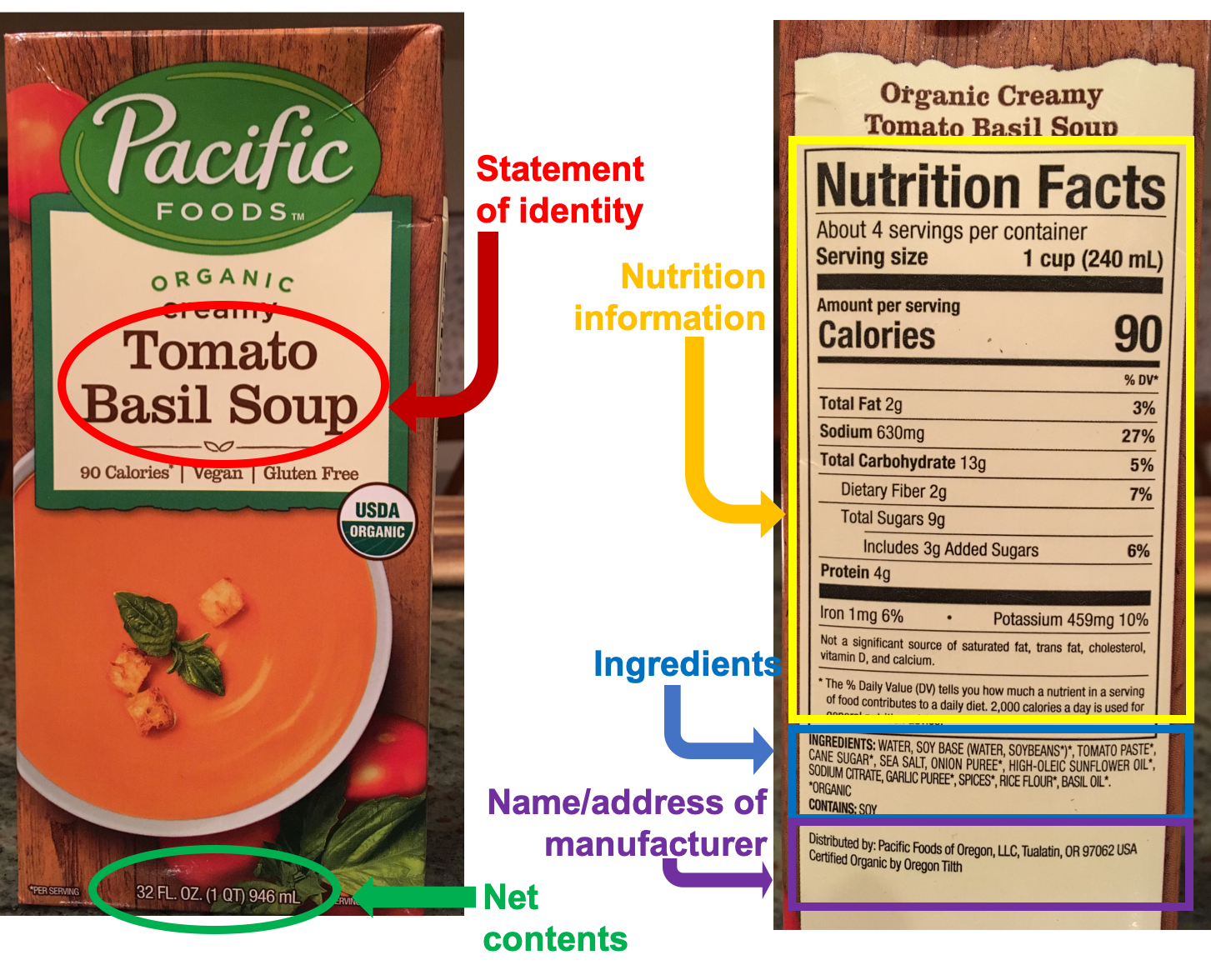

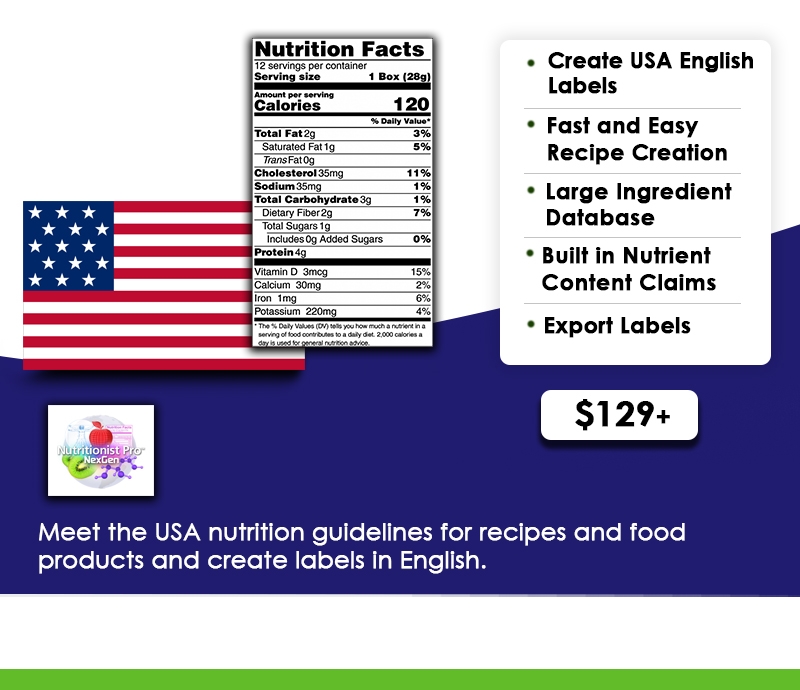
Post a Comment for "44 nutrient content claims on food labels"